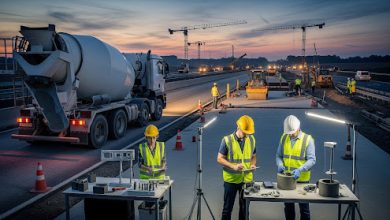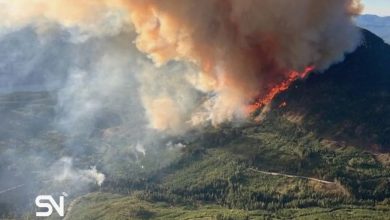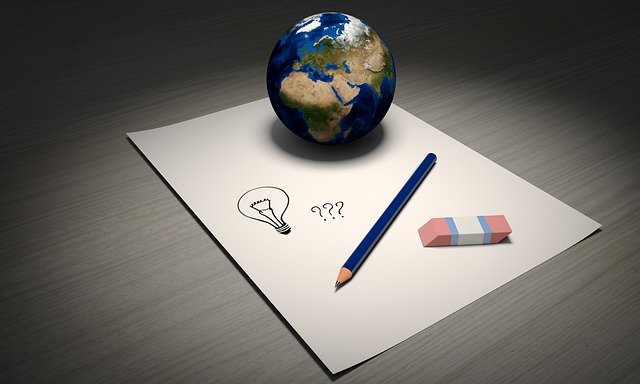
I’m sure you’ve heard by now how global warming is affecting our planet and causing climate change. In this article we’re going to attempt to answer the question ‘can AI help with global warming?’
We wouldn’t be surprised if you’ve heard about how it’s going to change the future for the worse, and likely, not for the better.
A quick history of global warming
Here’s a quick history lesson about where greenhouse emissions came from and when they were first recorded on our planet.
According to CarbonBrief, greenhouse gases began warming the world’s oceans in the early 1800s, decades earlier than previously thought. So we’ve been adding to this problem for close to 200 years.
When we reached the industrial era, this is where we started to change the chemistry of the atmosphere by adding C02 to the air. And was evidently the first stepping stone to getting us into the pickle we’re in today.
However, although today we know roughly when climate change started today, it took scientists 40 years to gain any sort of understanding of the problem, and as Smashing Magazine mentions, if it even existed.
If only Greta Thurnberg was born a century earlier, we may have avoided this mess.
Now let’s jump forward to the modern-day.
AI is technology companies and governments are utilising and bringing into their strategy to combat global warming and stop climate change, or at least, for now, slow the effects.
Controversially, AI due to how it’s created and it’s operational frameworks has a big environmental impact, and it’s not all positive, unfortunately.
In a report by Cornell University, they report how training one AI model can emit as much carbon dioxide as five average cars.
Training these models to consume electricity through computation, and the sources of energy used are often non-renewable and unsustainable.
We’re going to look at if AI and it’s applications will be able to help with the global warming crisis or change our climate for the worse.
From this, we can hopefully give you more ideas to help you answer the question ‘can AI help with global warming?’.
Before we look at the different ways AI can help with global warming, let’s look at some current stats of global warming and some of the speculations that global warming could potentially cause in the future.
Current facts and stats with future predictions
- Current warming is occurring roughly ten times faster than the average rate of ice-age-recovery warming
- 11% of all global greenhouse gas emissions caused by humans is through deforestation – comparable to the emissions from all of the road vehicles on the planet.
- Weather-related insurance claims are rising meaning an increase in insurance premiums for businesses and individuals
- Five of the warmest years on record have taken place since 2010, with an average 1.9 degree Fahrenheit increase since 1880
- Climate change has cost U.S. taxpayers more than $350 billion over the previous decade
- 195 countries and world leaders signed the 2015 Paris agreement to combat climate change
- The rate of Antarctica ice mass loss has tripled in the last decade, a 12.8% decrease per decade
- It’s causing wildlife to relocate and change their habitats which in turn is contributing towards certain species going extinct
- Regions and countries are experiencing worse than before droughts, bushfires, lost crops, and drinking water shortages, among others
- Natural disasters are becoming worse and having a bigger impact
The obvious point is it’s apparently not looking great for our finances, wellbeing, sustainability, or general living future.
If you want to understand in more detail the causes and effects of climate change, the video below does a great job of explaining. Plus, it might help you when imagining the benefits mentioned for certain situations.
So let’s look together at a brighter note and see how AI could help slow or stop global warming.
Here are 3 ways AI is currently being used and could be improved in the future to help slow or stop climate change and make our planet a safer place to be living.
AI can use predictive analytics and machine learning to stop or lower the impact of future events
Global companies with an example being Microsoft are big backers of AI and say it’s a ‘game-changer’ for climate change.
Currently, the companies AI for Earth programme has committed $50 million over five years to create and test new applications for AI.
These kinds of new applications are getting better at using machine learning and predictive analytics to figure out what the outcomes from current situations could be in the future.
The Harnessing Artificial Intelligence for the Earth report by the World Economic Forum notes that AI can sense their environment, think, learn, and act in response to what they sense and their programmed objectives.
The report goes on to explain that use of smart machines and devices can optimise certain processes which over time can build up to quite a substantial saving in greenhouse emissions across multiple uses from transport to clean power sources.
As mentioned in our article for use of AI in the finance industry, AI can analyse data and numbers at a much quicker rate than a human or team of humans, saving hours of time for other tasks and projects.
And this is the same for analysing data for global warming issues and helping identify facts and figures missed or miscalculated by humans.
If you couple machine learning and predictive analytics with the data it’s analysing, that’s where scientists and researchers are going to see some tremendous results.
Example of predictive analytics and machine learning in action
Let’s use building a wind power farm as a hypothetical example of these technologies being combinedly used.
An energy business is planning on building a new wind power farm to increase its efforts of powering local communities via wind power.
They’re currently not sure where they should plan the farm to be built due to not knowing where the most effective place would be both with power output or financially.
They decide to employ an AI application to help figure out if there planned build space would be as effective as somewhere else.
The AI gets to work and shows that if they were to build the power farm in a new place they never considered over their original planned area, they will cut costs by 20% while increasing energy output by 30%.
This leads to more local homes and businesses being powered and a better ROI for the business and the communities. All thanks to AI.
As mentioned above, that’s just a hypothetical situation, but you can hopefully see how employing AI has given the business a better business opportunity and bigger impact for the people and buildings it plans to power.
This hypothetical situation is similar to how Google is currently using a company called DeepMind to help improve their data centre costs while seeing if they can reduce their carbon footprint by decreasing the amount of energy or power needed.
Drones can help speed up results
AI can be used within drones which can reach areas that aren’t safe or accessible for humans.
When a drone equipped with AI goes to a certain area, they can record what’s happening within that area and this can be used for future situations.
Airlitix is an AI and machine learning software that is currently being used in drones. This software can collect temperatures, humidity of areas, carbon dioxide levels, and analyse soil and crop health.
Not only for research purposes but drones could be used in carrying important items to inaccessible areas and could carry out long-duration tasks in a quicker time.
Think of how much quicker a drone would be able to drop seeds and plant them compared to a human because of the spread they can get from the air.
There is already a company playing their cards at this game. Dendra Systems developed a drone that can plant trees from the air and can plant as many as 120 trees per minute.
With AI telling the drone where to drop the seeds, meeting the goal of planting 1.2 trillion trees to combat climate change could be achieved much sooner than if we did it all manually.
The evidence of this is in the fact that researchers at Cornell University have used drones to measure surface reflectivity to record how much solar energy a landscape reflects and absorbs.
This measurement provides vital information for forest planners to determine which locations they should be planting trees to give the highest climate benefit.
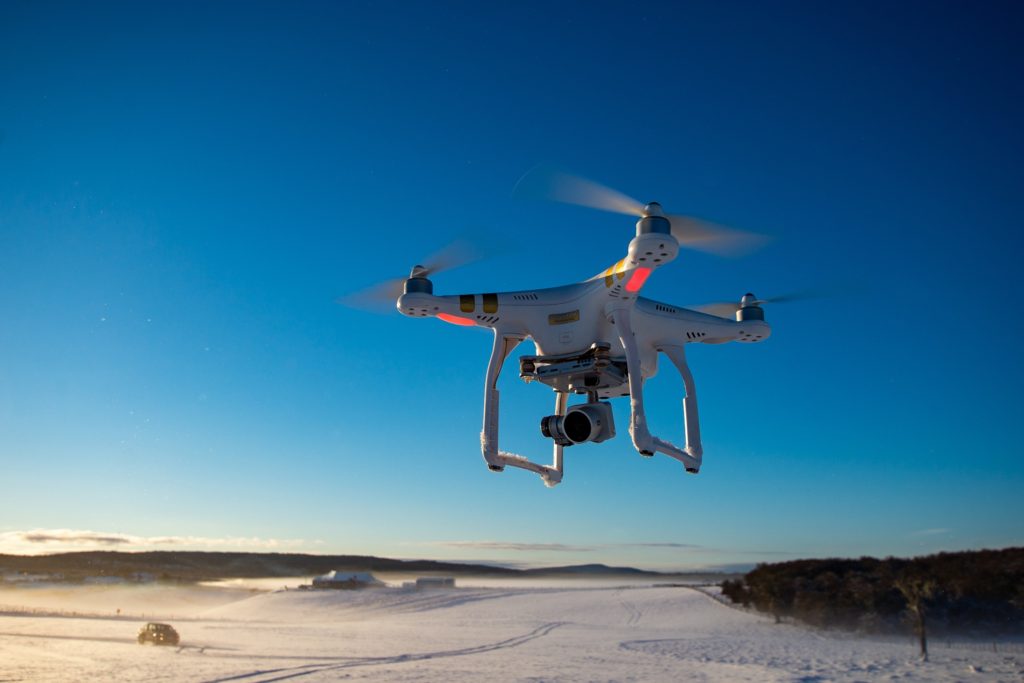
Due to the AI being attached or in a drone it can collect data much quicker and analyse it much quicker, saving more time but also being able to implement action plans quicker.
You might have seen how drones have been trialed for logistics such as Amazon using drones to deliver packages to customers or blood being transported by a drone for quicker delivery.
Well, when you start delivering items via drones, you lower the need for items to be delivered by vehicles. This can massively help with reducing emissions from lorries and vans carrying and delivering goods.
Another benefit is, it’s usually a lot quicker. Amazon’s prime air delivery recorded a 13-minute delivery time from clicking and ordering to having the item in the customer’s hands.
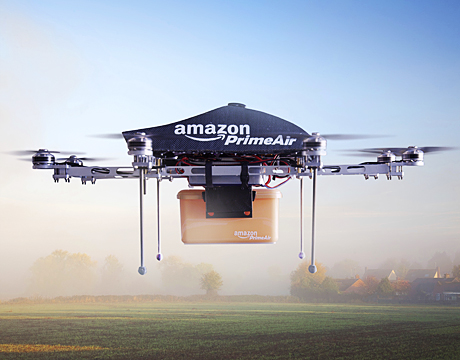
As World Economic Forum mentions, using drones could potentially offer a massive reduction in carbon dioxide emissions from lorries, trucks, and delivery vans.
Although it’s not related to drones, this article by Entrepreneur highlights how DHL and IBM are working together to cut greenhouse emissions by optimising logistics routes and using AI to predict demand, risk, supply-side variations, and 56 other variables.
AI can increase awareness and education of global warming
We need to educate our younger generations and ask them the question ‘can AI help with global warming?’ if we want to keep innovating ideas on how to tackle the increasing issue.
As we teach our younger generations about climate change, it’s important we make sure we’re informing them with the correct information and making them aware of the effects.
Not only teaching younger people but all people about the real-time figures and predicted figures, again thanks to AI, can help us creatively think of solutions, challenge if what we’re currently doing is effective, and plan out a range of different ways to reduce emissions by making sure people have the right details to act on.
Not only does AI ensure the data is correct that we’re showing people but it can give governments, charities, businesses, and individuals the best way of interpreting and presenting that data through analysing big data and results from data sources such as surveys.
Julian Jewel’s JJAIBOT is an AI bot with the aim of helping people understand the effects of climate change and wildlife conservation. Giving us a better understanding of current projects happening, why they are happening, and the results of those projects.
This could give someone a small idea that could escalate into a massive step forward to stopping climate change for good.
It can also help people on a local level, for instance with natural disasters, some of which are claimed to be due to global warming, or at least the severity of them are.
Machines and AI will be able to warn people of when it’s likely a storm is going to start or if flooding is going to start, or can help assess the damage of wildfires like the ones currently in Australia.
Thanks to deep learning we can now use AI to take photos of large areas of land quickly from either drones, satellites, planes, cars, and more to see the current landscape.
We can then, of course, assess these photos and see the damage, in turn giving us more information to make more informed or better-qualified decisions.
An example of this is 50 Reefs, an initiative run by The Ocean Agency, combines advanced imaging technology with AI to take pictures in rapid succession and analyse reefs to assess the damage, pollution, vitality, just to name a few.
From knowing this information it allows the company to supply governments, charities, businesses, local communities, and individuals information on the coral reefs while allowing people to make more informed decisions on what actions to take to ensure their survival.
What’s your opinion on the topic?
Do you think AI will help businesses, governments, charities, local communities, and individuals make better-informed decisions? Perhaps you have a suggestion for how to lower emissions in autonomous vehicles and drones? We love to know what you think and your answer to the question ‘can AI help with global warming?’ so please let us know in the comments!
Be sure to leave a comment, like, and subscribe to make sure you’re the first to know when we’ve released new content. Until next time.

